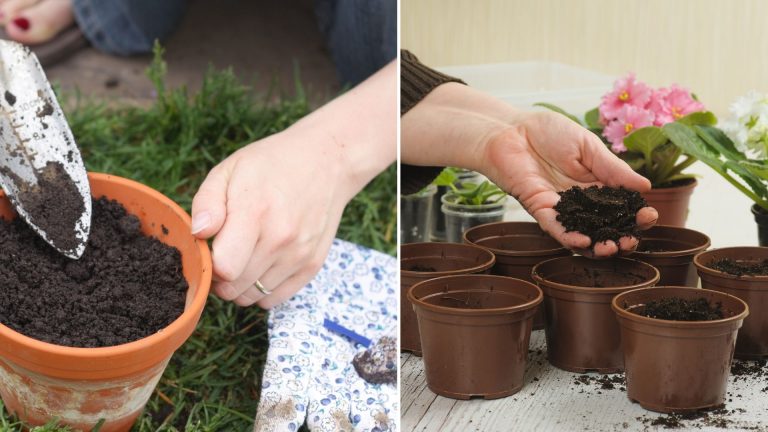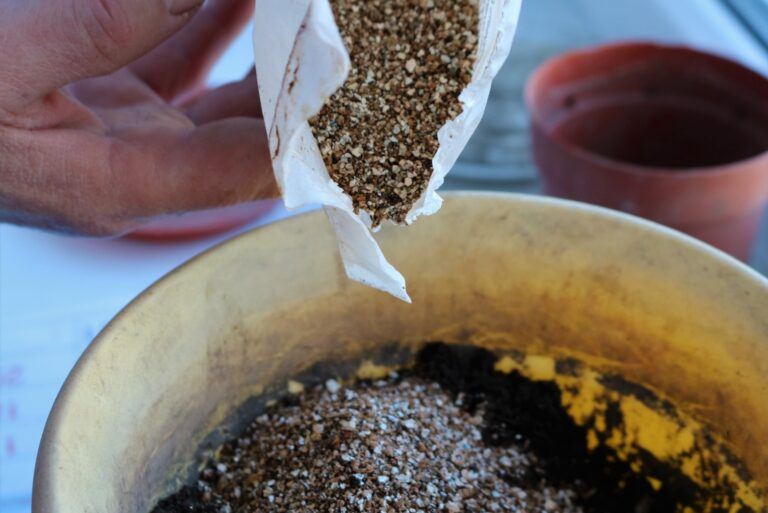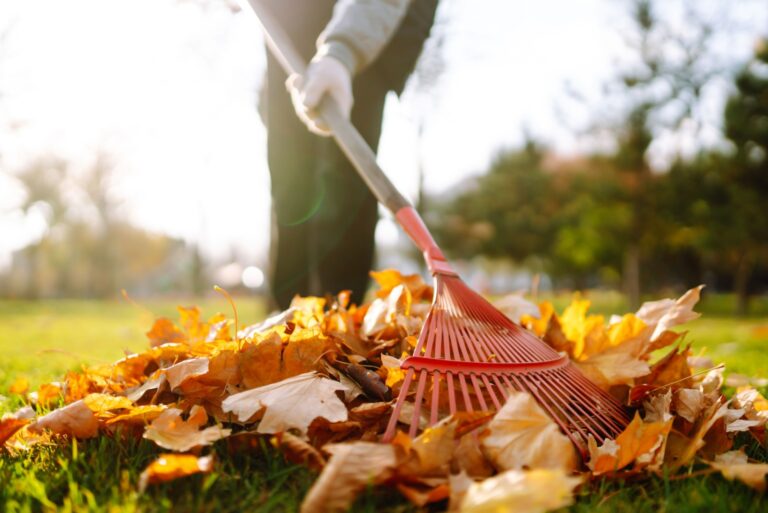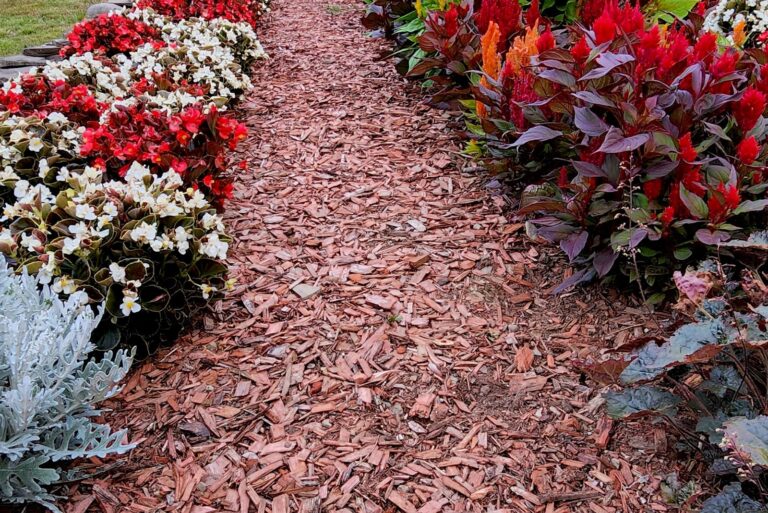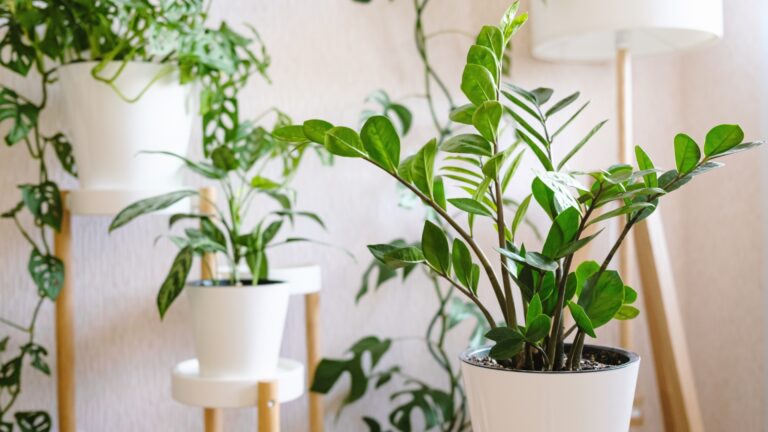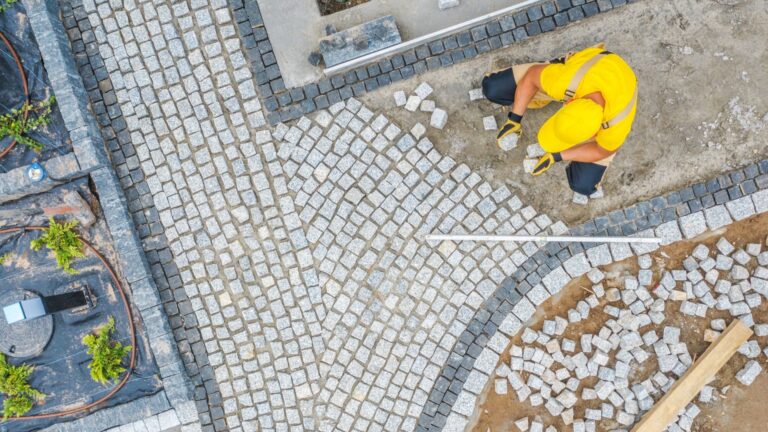Use This Fertilizing Schedule For Your Snake Plant To Avoid An Overfeeding Catastrophe
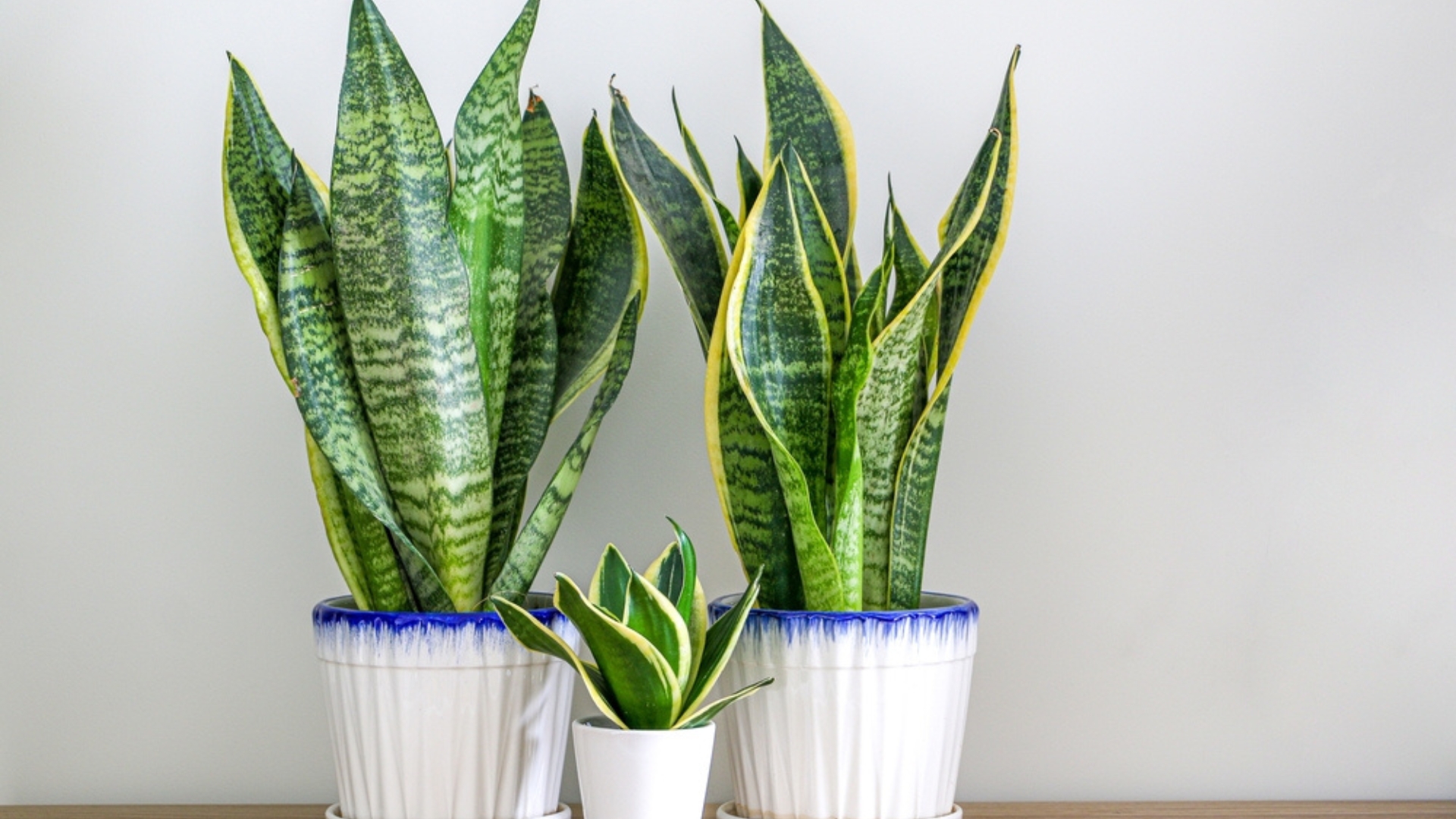
The first plant that springs to mind when someone mentions the words nearly indestructible is the snake plant. It’s truly the best way to describe this lovely species.
But my snake plant journey hasn’t always been smooth sailing. I knew that it only needed a little water and free-draining soil to thrive. However, I wanted to boost its growth a bit, so I kept feeding it. It didn’t take long and I started noticing severe changes.
The next thing I knew, I was on a mission to save it. Luckily, I made it, and there’s no need to mention how cautiously I’ve been feeding my snake plant ever since.
I don’t want you to risk anything, so I’ll show you the best possible fertilizing schedule. The first and essential thing to know is:
Feed Your Snake Plant Only During The Growing Season!
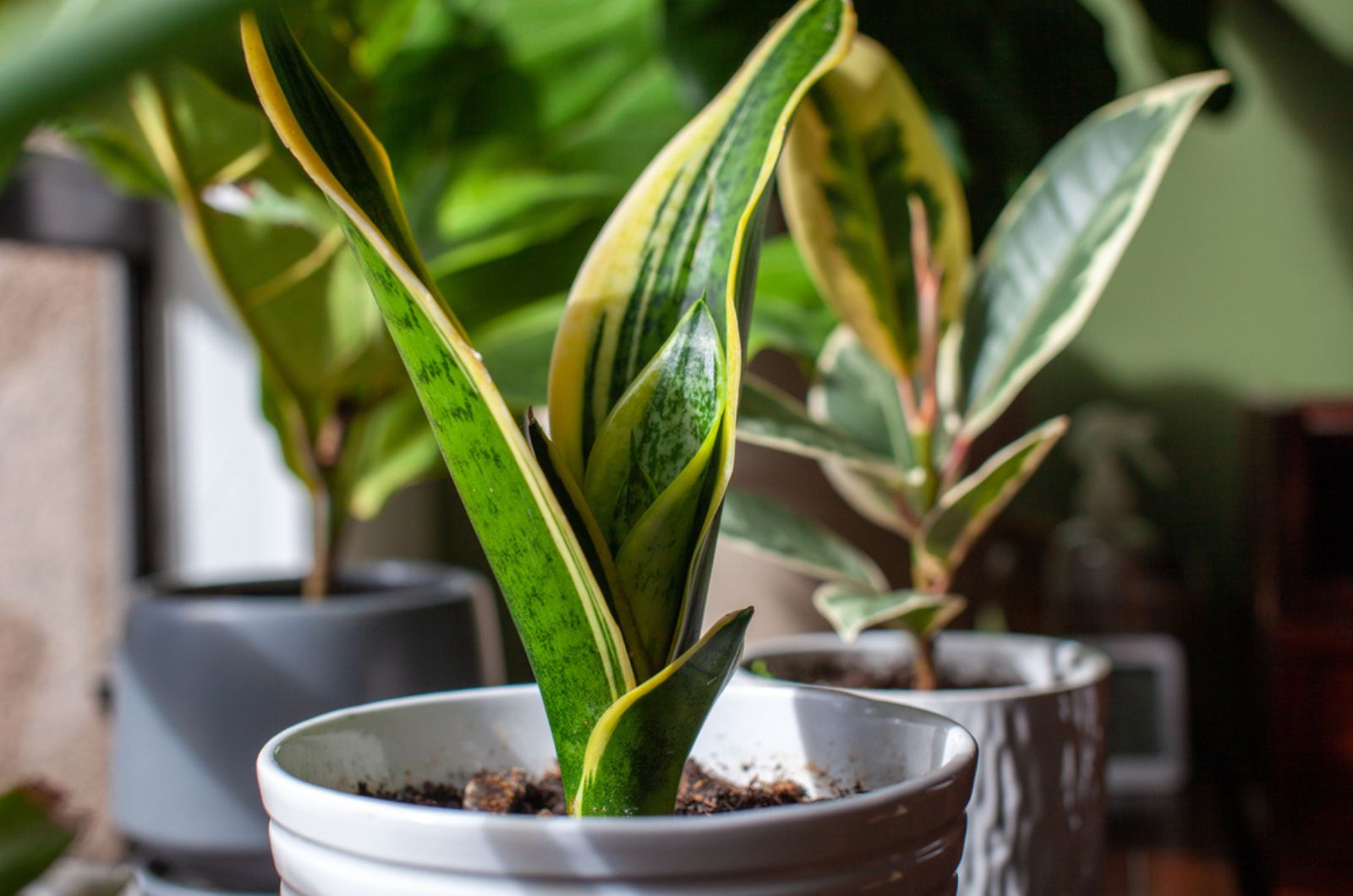
The growing season for snake plants typically starts in spring, and the plants go dormant once the fall approaches.
Dormant means it won’t grow anymore, so it won’t need any additional nutrients. On the other hand, it’ll need a lot of energy during active growth, so fertilizing is a must.
But Dracaena plants aren’t heavy feeders in general, and the snake plant isn’t an exception. You won’t need to feed it too often or apply high amounts of some specifically designed fertilizers.
When planning the feeding schedule, you have two options: applying granular or liquid fertilizer.
If your choice is granular fertilizer, then you’ll need to apply it only once a year. It can be either during spring or summer, as long as your snake plant is in active growth stage.
It’ll release nutrients gradually and ensure enough energy for new and lush growth.
For those of you who are more into liquid fertilizers, you’ll need to apply them more often. From my experience, monthly feeding during spring and summer works perfectly!
Make sure to dilute them to half-strength before applying them. The last thing you want is to burn the roots and a full dose of fertilizer will definitely lead to it!
This Is Why Overfertilizing Your Snake Plant Is A Recipe For Disaster
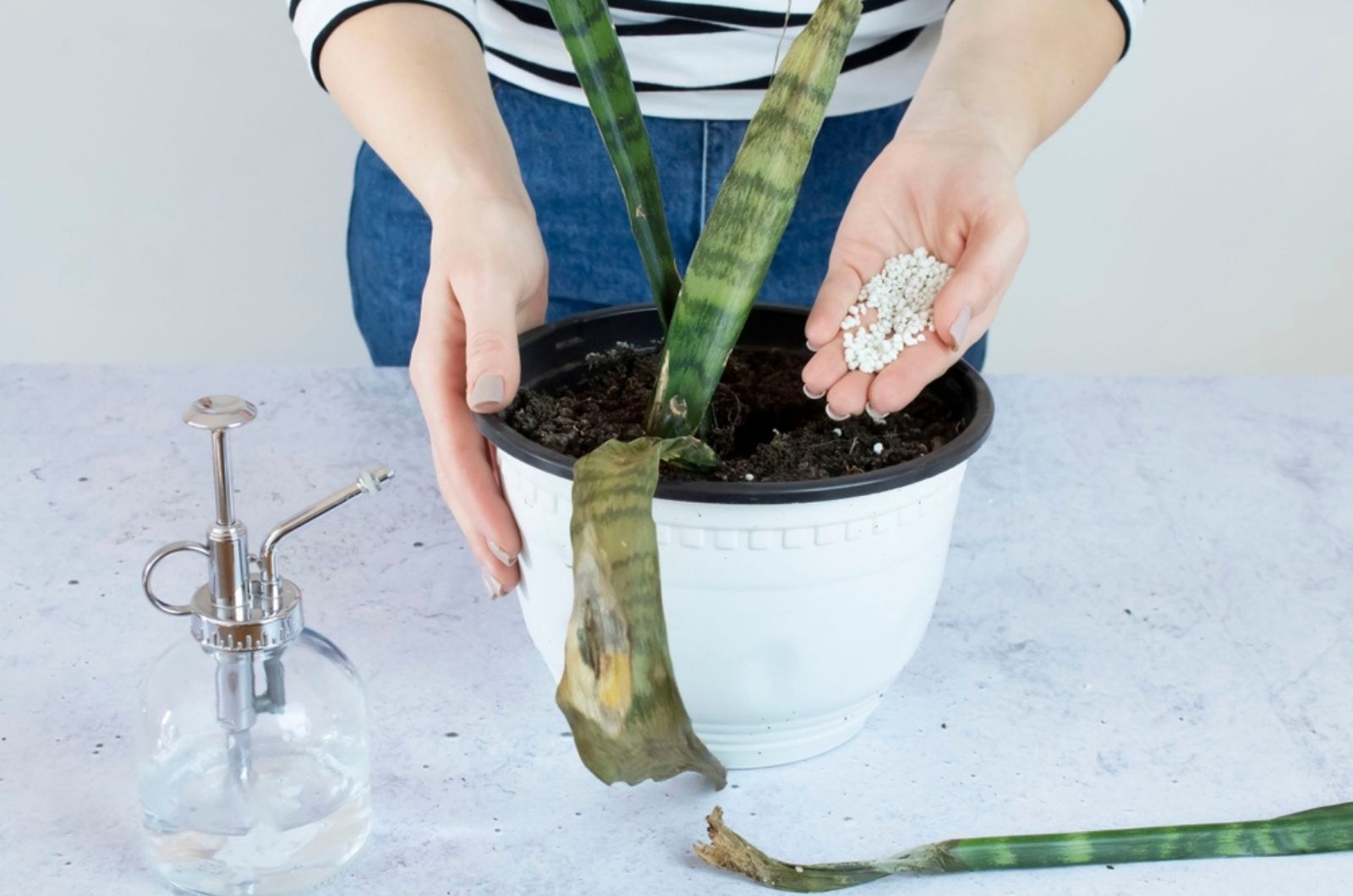
How many times did I mention that overfeeding a snake plant leads to a catastrophe? Call me a worrier but I can’t simply stand by and watch my green buddies suffer.
There are three fertilizing mistakes you can make here: applying too much fertilizer at once, doing it too frequently, or feeding your snake plant during dormancy.
It’s not hard to recognize signs of overfertilization in these plants. The most obvious ones are yellowing and wilting leaves. Yes, there are other things that can lead to these changes, but it’s commonly due to incorrect fertilizing habits.
After discoloration and deformation, you can also expect to see a white crust on the soil surface. The excess salts from fertilizer can’t go anywhere else so they stay on the growing substrate.
This problem isn’t really hard to fix if you react in time. All you need to do is flush the soil with water. I do it for a few minutes or until the water starts running through the drainage holes.
We use the term houseplant leaching when referring to removing the salts from the soil. It’s a simple yet effective way to clean the soil and give your plants a fresh start.
If you’re unsure the method will work, you can always repot your snake plant.
Fertilizing will definitely give your snake plant a growth spur, but timing is key. If I can do it, so can you! With these simple tips and tricks, your snake plants are destined to thrive!

